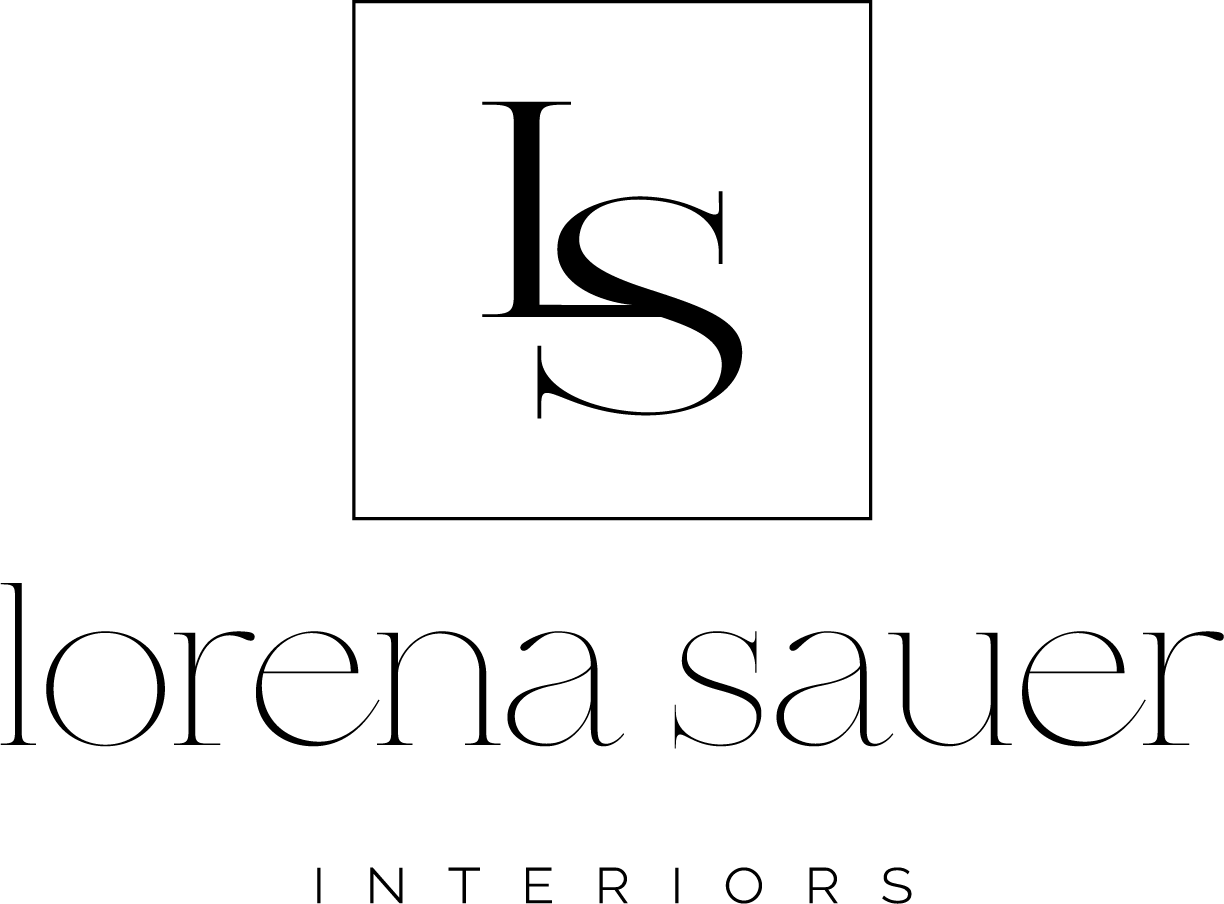Painting in Your Home
There are some key tips to think about when choosing colors for your home.
Follow the tips below to adding color inside your home.
1) TOO MANY COLORS
Don’t use too many colors! It is fantastic to use colors other than white on the walls, don’t get me wrong, but don’t use every color in the rainbow. You will find out.
2) TOO BRIGHT
This isn’t to say don’t use color. Please do! Just don’t choose the neon colors of the spectrum. You’ll thank me.
3) BUY YOURSELF IN PAINT
What? Make sure you pick colors that reflect who you are as a person. Don’t go buying orange when you really wouldn’t wear it, or drive an orange car.
4) COME UP WITH A COMPLETE COLOR SCHEME
Don’t go out and buy that one color you love and want the walls to be without having all the other colors for your room picked out, such as the trim, ceiling, your rugs, your furniture, etc.
5) CHOOSE THE CORRECT SHEEN
Matte and flat finishes hide wall imperfections, but glossier finishes will reflect more light.
6) BUY SMALL AMOUNTS AT FIRST
When you have settled on a few choices, buy a few small amounts of each color that’s in the running. Paint small squares on the wall in the room you are painting. Let it stay there a few days. Now you get to see it in daylight and at night.
Here are some more paint tips from Sherwin Williams that are helpful.
RED
• Ceilings: weighty and annoying.
• Walls: advancing and energetic.
• Floors: confident.
PINK
• Ceilings: soft hues delicate and comfortable.
• Walls: complementary to skin tones when soft or pale. Dramatic when highly saturated and vivid tones are used.
• Floors: for select and special spaces.
ORANGE
• Ceilings: energizing and advancing.
• Walls: soft peachy tones are warm and glowing. Bright tones are energetic, burnt orange shades are rich and warm.
• Floors: creates movement.
BROWN
• Ceiling: dark hues are heavy but work in high, open ceilings, especially to conceal exposed ductwork.
• Walls: mid-tone and dark hues can evoke richness, warmth and comfort. Soft hues are natural and create a neutral backdrop for furnishings.
• Floors: implies durability, stability and reliability.
YELLOW
• Ceiling: light hue, luminous, reflective and glowing.
• Walls: warm if a golden hue.
• Floors: bright hues are distracting and agitating.
GREEN
• Ceiling: protective (reflection on skin tone can be unattractive).
• Walls: safe, calm, reliable, neutral, yellow based hues create warmth, blue based hues tend to be cool.
• Floors: natural up to a certain saturation point (light to dark), soft, relaxing (if closer to blue-green).
BLUE
• Ceiling: soft shades are cool and heavenly, dark hues give the illusion of the ceiling advancing.
• Walls: pale to mid-tone shades are soothing, darker hues provide a dramatic backdrop.
• Floors: movement (darker hues) to effortless movement (lighter hues).
GRAY
• Ceiling: shaded, creates shadows.
• Walls: bland to neutral, cool and neutral.
• Floors: neutral. Blends into a space.
WHITE
• Ceiling: blank - creates lightness, reflects light and reduces shadows.
• Walls: neutral to empty, clean.
• Floors: intimidating.
BLACK
• Ceiling: heavy but works well for an exposed ceiling with open ductwork.
• Walls: threatening or dramatic.
• Floors: unusual and absorbing. Dark furnishings would get lost placed directly on this floor color.
If you are exhausted trying to do this all on your own, I'd love to be able to help you. Just contact me today and we'll talk.

